Anthracnose is a plant disease that can wreak havoc on your plants in Tennessee. It's a fungal infection that can cause leaf spots, dieback, and even defoliation. Anthracnose thrives in warm, humid conditions, making it a common issue during the growing season. If you suspect your plants are infected, it's crucial to contact professionals. They will inspect your plants to diagnose the issue and apply a curative treatment to eliminate the disease. Additionally, they may recommend a treatment plan to help your plants recover and prevent future infections. Don't let anthracnose take over your landscape—take action and protect your plants.
What is anthracnose, and what kind of damage does it cause to plants?
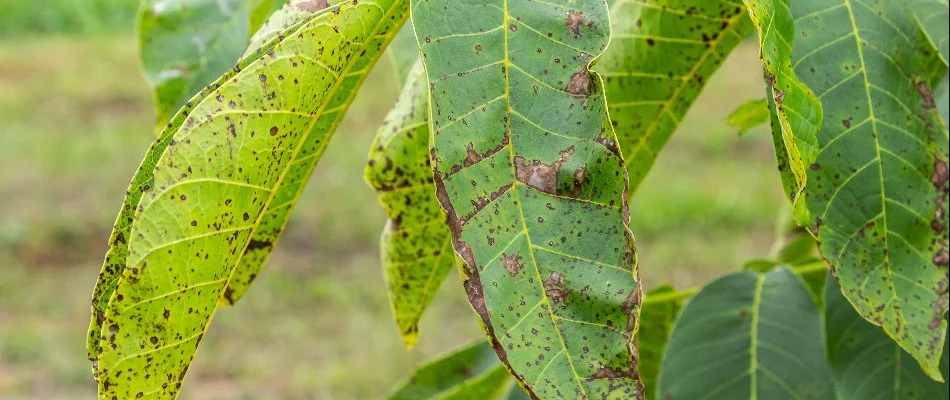
Anthracnose is a common plant disease that affects a wide range of plants, including trees, shrubs, and even some vegetables. It is caused by several different fungi and is characterized by dark, sunken lesions on leaves, stems, and fruits. The disease can cause significant damage to plants, leading to stunted growth, defoliation, and reduced fruit yield.
One of the most common symptoms of anthracnose is the appearance of dark, water-soaked lesions on the leaves. These lesions can quickly spread, causing the leaves to wilt and eventually drop from the plant. In severe cases, the disease can cause entire branches to die back, leading to significant damage to the plant.
Anthracnose can also affect the fruit of certain plants, causing sunken, dark lesions on the surface of the fruit. This can lead to premature fruit drop and reduced yield. In some cases, the fruit may become completely covered in lesions, rendering it inedible.
What conditions are conducive to the development of anthracnose?
Anthracnose thrives in warm, humid conditions, making it a common problem in regions with high humidity and frequent rainfall. The fungi that cause anthracnose are spread by wind, rain, and insects, and can quickly spread throughout a plant if not controlled.
Poor air circulation and overcrowding of plants can also contribute to the development of anthracnose. When plants are too close together, they create a humid microclimate that is ideal for the growth and spread of the fungi. Additionally, plants that are stressed due to drought, poor soil conditions, or other environmental factors are more susceptible to infection.
What should you do if you suspect anthracnose on your plants?
If you suspect that your plants are infected with anthracnose, it is important to take action as soon as possible. The first step is to contact a professional who can inspect your plants and diagnose the issue. They will be able to determine whether your plants are indeed infected with anthracnose or another disease and will be able to recommend the appropriate course of action.
If your plants are infected with anthracnose, a professional will apply a curative treatment to eradicate the disease. This may involve the application of fungicides or other treatments to kill the fungi and prevent further spread of the disease.
In addition to treating the disease, a professional may also recommend a treatment plan to help your plants recover. This may include pruning infected branches and providing your plants with the nutrients they need to recover from the infection through fertilization treatments.
Call to schedule our tree and shrub disease control service today!
Anthracnose is a common plant disease that can cause significant damage to a wide range of plants. It thrives in warm, humid conditions and is spread by wind, rain, and insects. If you suspect that your plants are infected with anthracnose, it is important to contact us right away tos schedule our curative treatments!
At Picture Perfect Landscapes, our tree and shrub disease control service is offered to property owners in Memphis, TN, and nearby areas such as Midtown Memphis and East Memphis. Call us at (901) 246-7656 to schedule this service today!

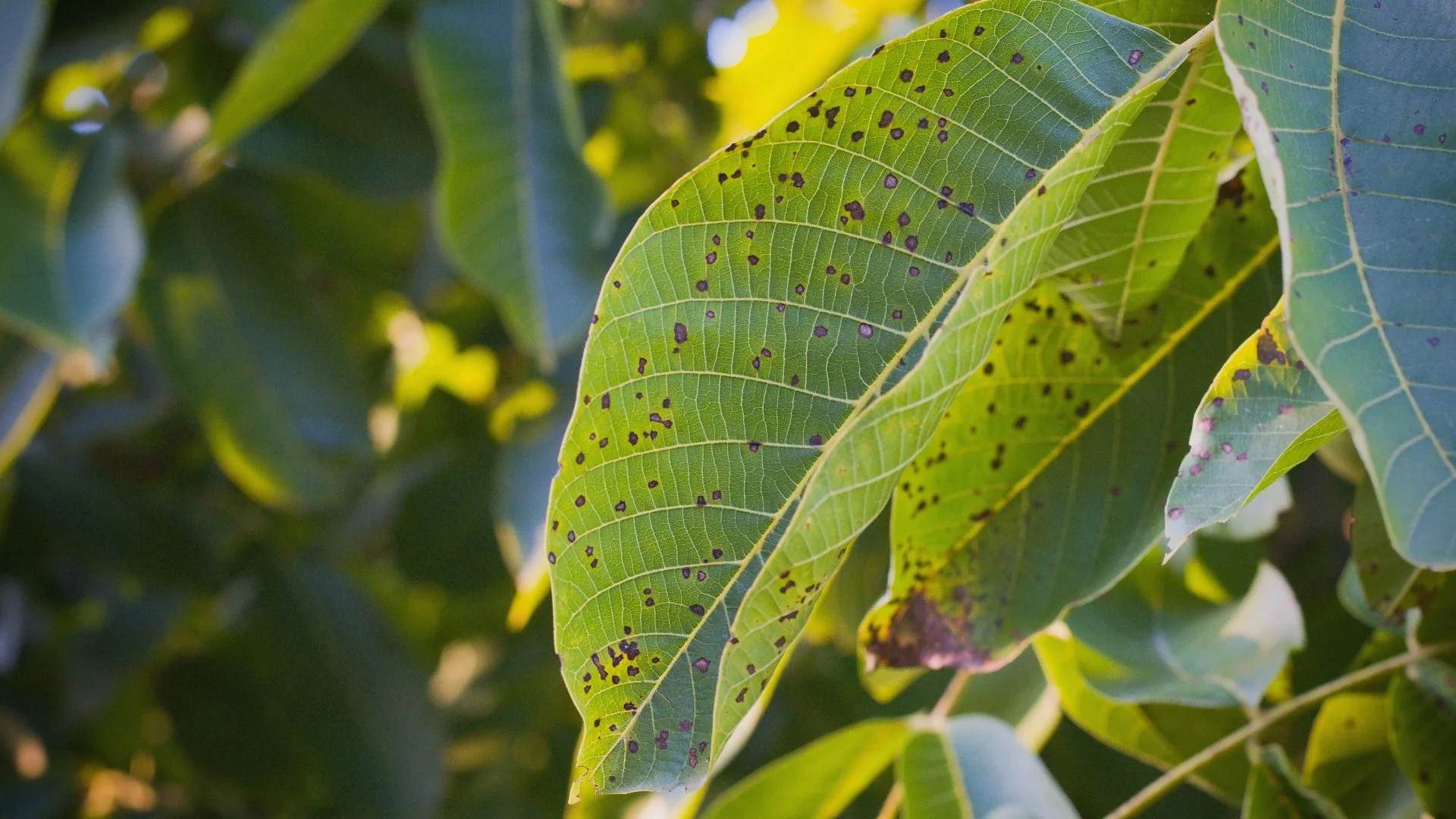
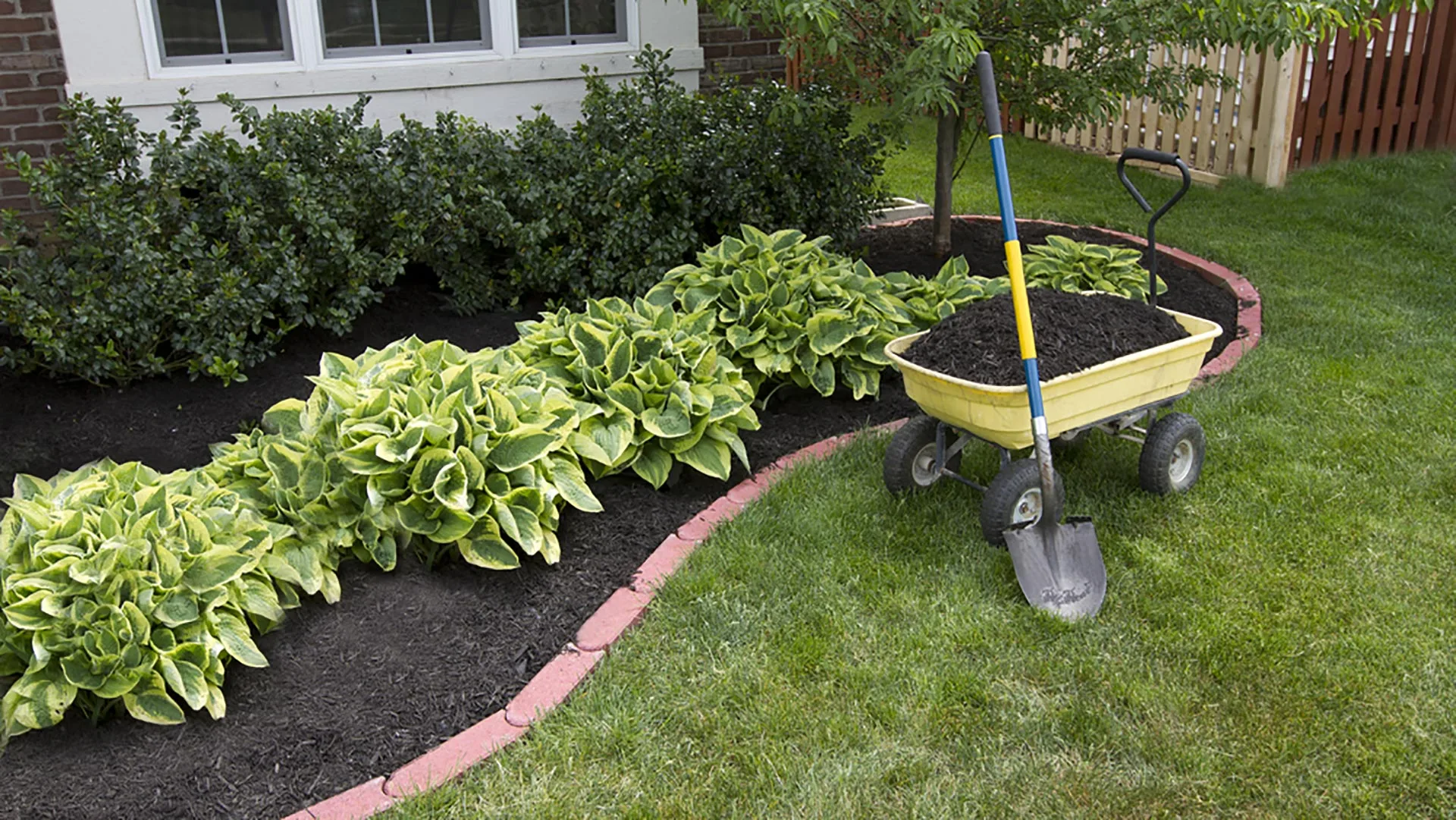
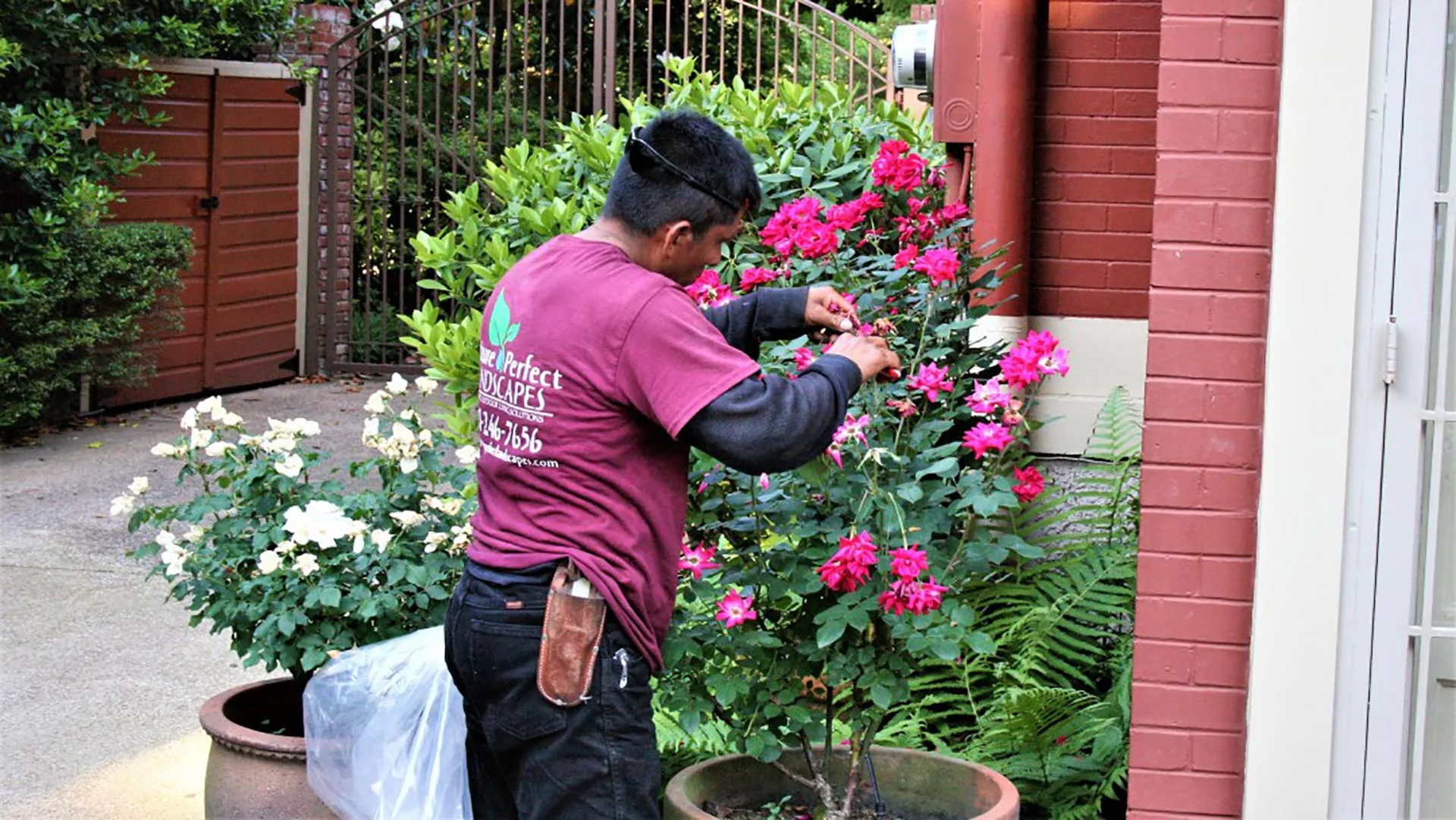
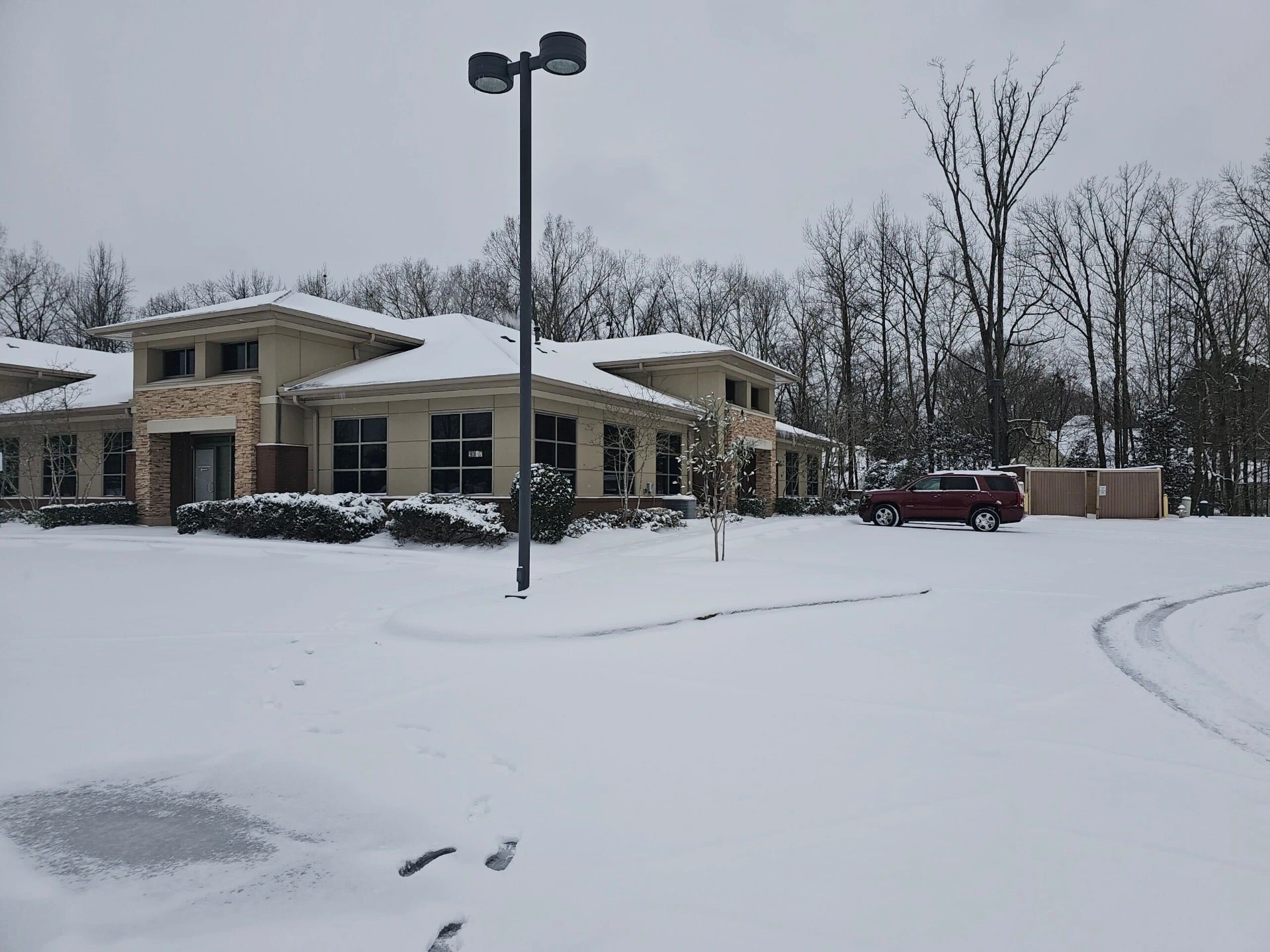


Comments (0)
Thanks for your comment!
Thanks for your feedback! Your comments have been successfully submitted! Please note, all comments require admin approval prior to display.
Error submitting comment!
There is a problem with your comment, please see below and try again.